Sheep Reproduction and Genetics
All Sheep Reproduction and Genetics Content
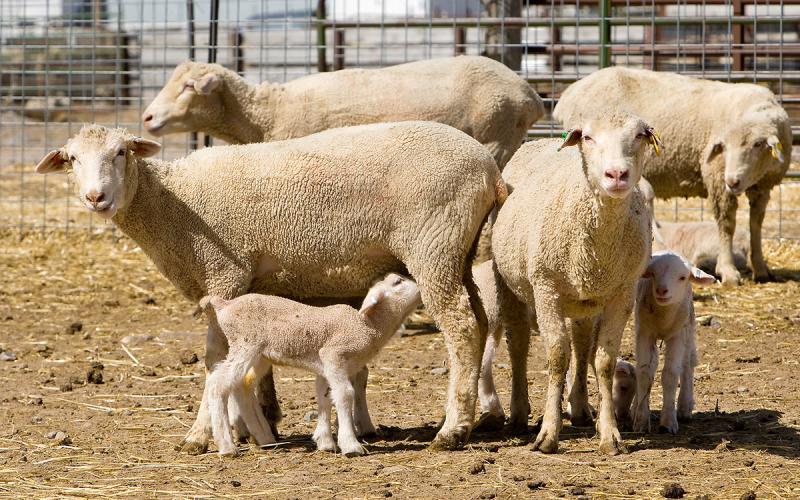
Managing Late-Gestation Heat Stress in Fall-Lambing Ewes
As South Dakota sheep producers navigate more high-heat days and longer warm seasons, we will have to work to adapt flock management to maintain health and productivity.
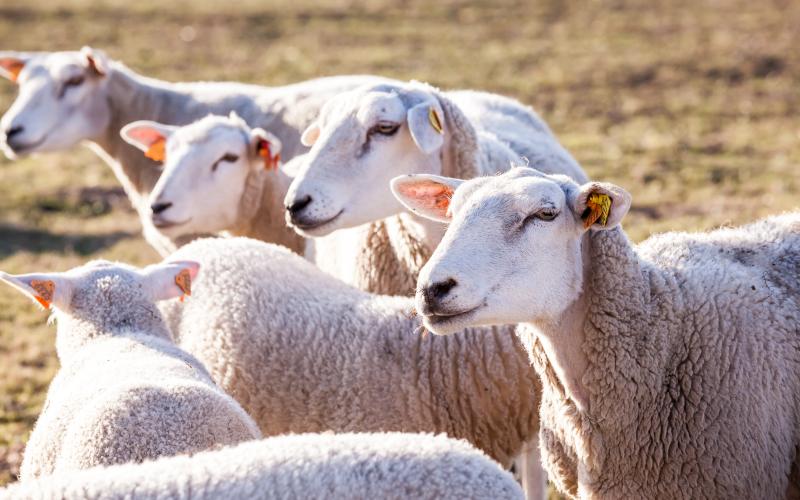
Sheep & Goats
South Dakota ranks sixth nationally in sheep and wool production. And the industry is growing.

Detecting Pregnancy and Litter Size in Ewes Using Ultrasound
Guide providing insights on optimal timing for pregnancy scanning, what to look for at different gestational stages, and practical ultrasound techniques for the best results.
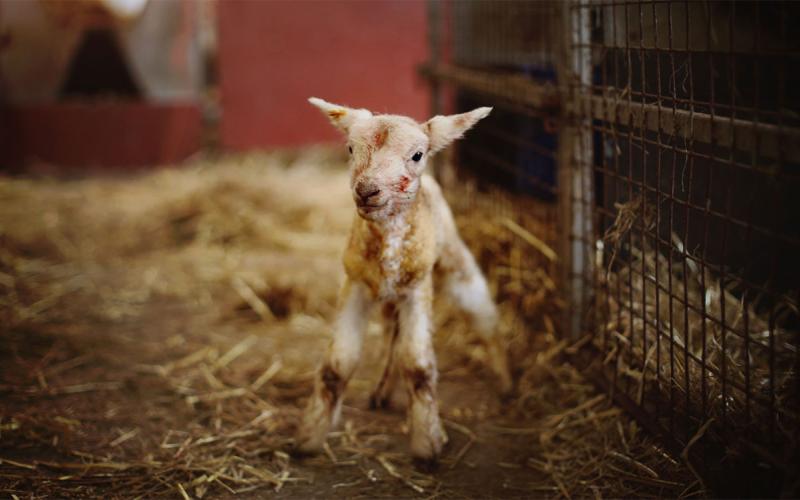
Lamb Birth Weights in Relation to Lamb Survivability
To increase survival, lamb birth weights cannot be overlooked. Learn some key management factors for optimizing birth weights this lambing season.

Proper Ewe Nutrition Benefits Future Lamb Performance
Supplying ewes with greater levels of energy during gestation ultimately leads to greater lamb performance throughout their lifetime.
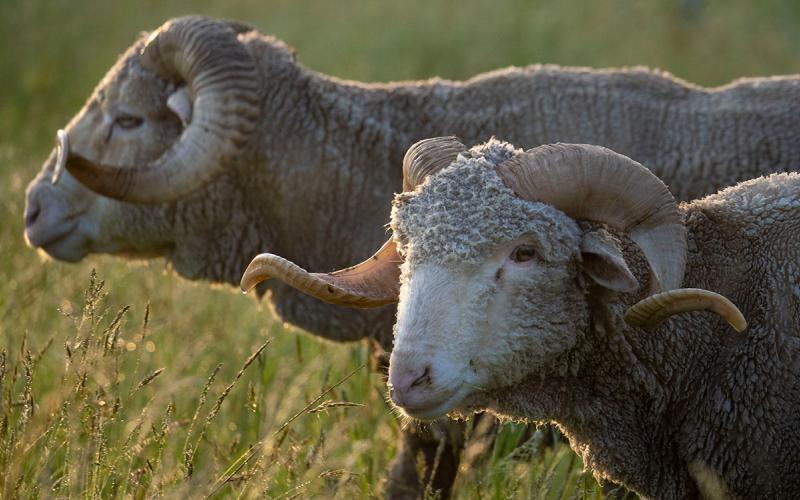
Boosting Ram Nutrition for Optimal Breeding Success
Around breeding time, nutritional considerations tend to lean towards the ewes, but what about rams?
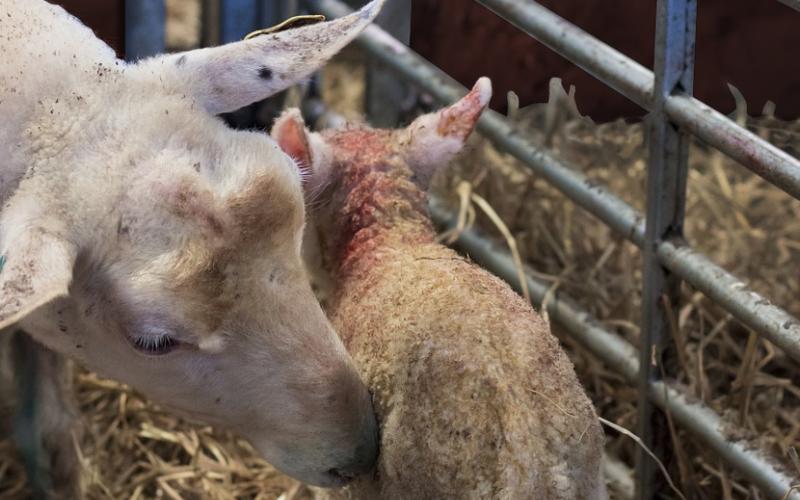
Colostrum for Lambs
Fact sheet about the importance of colostrum for lambs
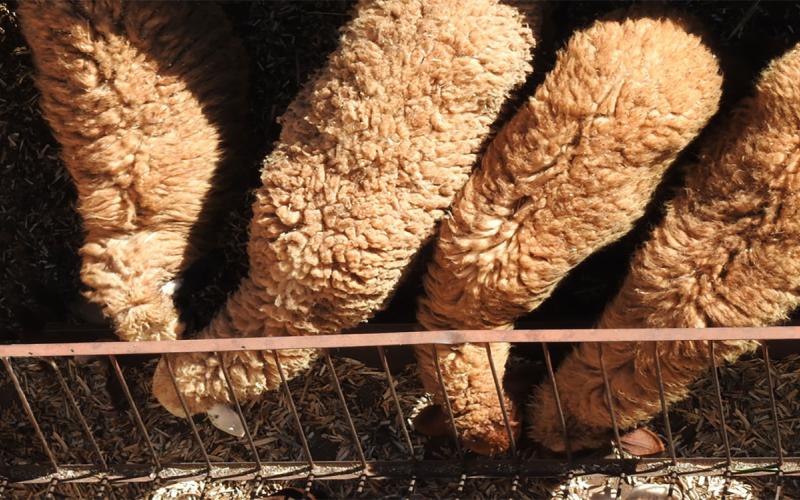
Nutritional Considerations for Flocks During Breeding Season
Optimizing flock nutrition throughout the breeding season can help improve conception rates, lambing percentages and ram longevity.

National Sheep Improvement Program: Performance-based data you can rely on
Sheep producers continually look for opportunities to improve their flocks through the introduction of genetic traits that will contribute to both improve the performance and physical appearance of the offspring. For hundreds of years, producers used the phenotype or physical appearance traits to select replacement stock, followed by performance trials and wool testing to quantitatively define the traits a specific animal may possess.
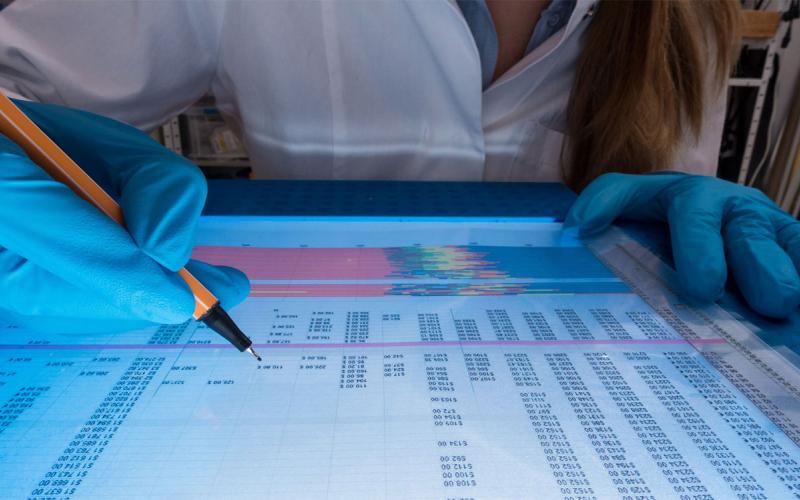
How Do Genetics Impact Animal Well-Being?
Genetic engineering is a promising tool that could be used to improve animal welfare while lowering costs of production.